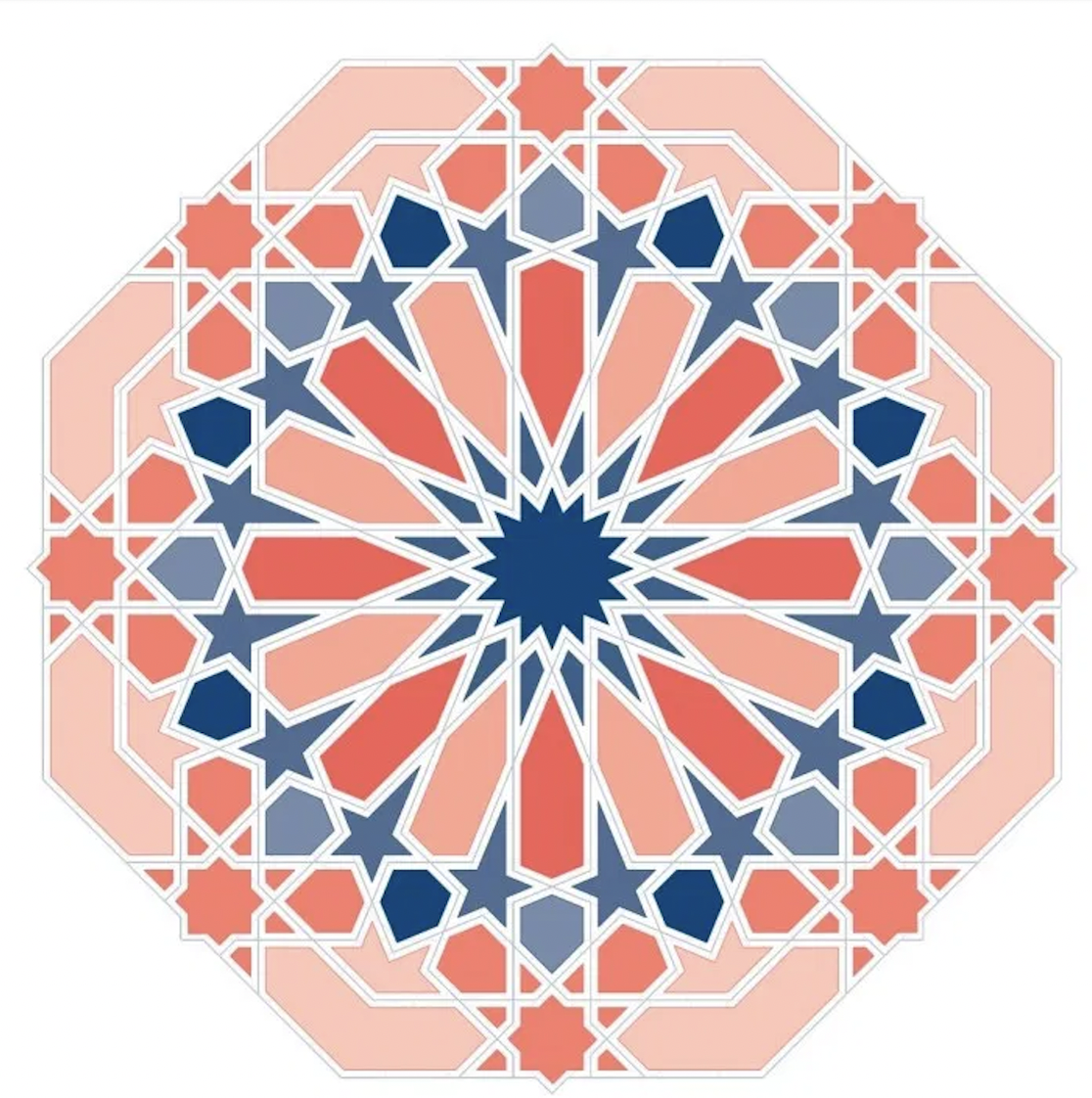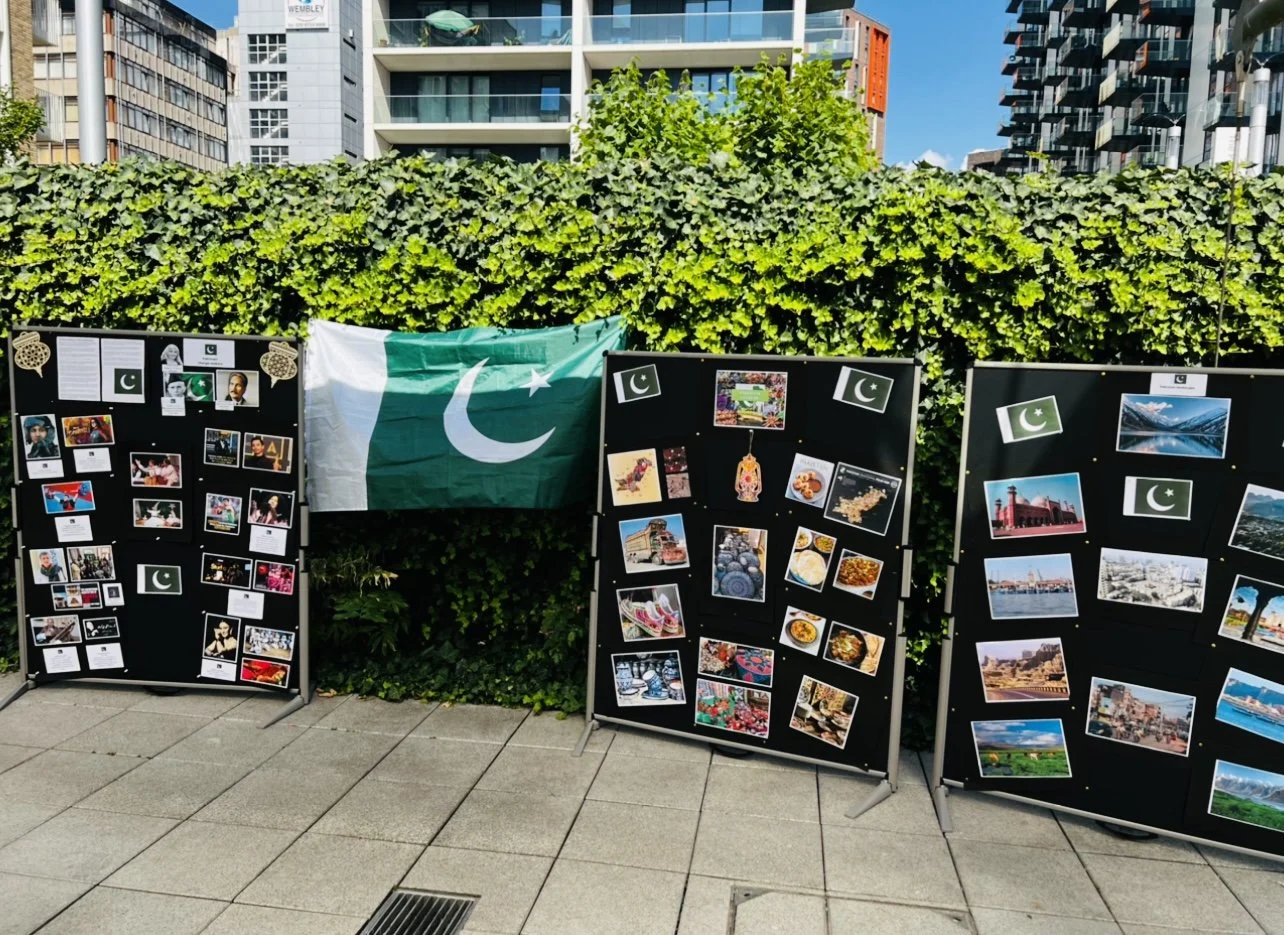Pakistan Day 23 March: The History
Today on 23 March, we celebrate the 84th anniversary of the historically significant Lahore Resolution or Pakistan Resolution that affirmed the concept of Pakistan for India’s Muslims.
The Lahore Resolution was the name for an official statement that the Muslim League adopted in 1940 which called for self-rule for Muslims. It later became more popularly known as the ‘Pakistan Resolution’; ironically a name coined by the Indian press. At the session, however, the name ‘Pakistan’ was not even mentioned.
The idea for separate rule for Muslims in India was not new. It is said to have been first theorised by scholar and educator, Sir Syed Ahmad Khan (1817-1898) who declared that Muslim and Hindus in India form two separate nations, in other words, the ‘two-nation theory.’ Sir Syed said: “I am convinced now that Hindus and Muslims could never become one nation as their religion and way of life was quite distinct from each other.”
The poet, philosopher, Muhammad Iqbal furthered this concept. In 1930, Iqbal delivered his Presidential address at the Annual Conference of the Muslim League in Allahabad where he called for Muslims in India to have autonomy and self-governance. He believed this should include the Muslim majority provinces of Punjab, North West Frontier Province, Sindh and Baluchistan.
Iqbal and Muhammad Ali Jinnah, the Founder of Pakistan and Muslim League Leader, had discussed the subject many times, and also exchanged letters. Jinnah looked up to Iqbal, and saw him as a political mentor, and thus was likely to have been inspired by the poet’s views.
In a letter to Iqbal on 21 June 1937, Jinnah said:
“I do hope you won't mind my writing to you so often, as you are the only Muslim in India today to whom the community has a right to look up for safe guidance through the storm which is coming to North West India and perhaps to the whole of India.”
The Lahore Resolution, formalised this concept of Pakistan; and once the idea was officially adopted, there was no going back. The Resolution was proposed by A. K. Fazlul Huq (the Lion of Bengal), who later became Prime Minister of Bengal, at the 27th Annual Muslim League conference in Lahore. It called for Muslim majority provinces to have self-governance; to be "Independent States in which the constituent units shall be autonomous and sovereign".
Jinnah in his speech espoused the ‘two-nation theory’, saying:
“Mussalmans are a nation according to any definition of nation, and they must have their own homeland, their territory, and their state…We wish our people to develop to the fullest spiritual, cultural, economic, social and political life in a way that we think best and in consonance with our own ideals and according to the genius of our people”.
This momentous speech gave direction to the Muslim League, and was a rallying cry for India’s Muslims. Historian, Stanley Wolpert stated that this was the moment when Jinnah transformed himself into the ‘Great Leader’ or Quaid-e-Azam as he is now fondly known. Wolpert said: “There was no turning back. The ambassador of Hindu-Muslim unity had totally transformed himself into Pakistan’s great leader.”
Since this time, Jinnah and the Muslim League began to grow in popularity and with that so did their following. The Lahore Resolution annihilated the possibility of a united India, and subsequently many Muslims turned away from being accepted into the Congress, instead forming their own demands for a separate homeland where their religion and culture would be protected.
The manner in which India was eventually partitioned was not what Jinnah envisioned or wanted according to historian Ayesha Jalal. India was carved up in a rushed and brutal manner. It was divided in 36 days by a lawyer, Cyrill Radcliffe who had never been to India and knew nothing about the land and its people. Pakistan was split into a West and East Pakistan, which was separated by 1,000 miles (1,600 km), with India in-between. There was also no straightforward land route nor direct lines of communications. One could say it was doomed to failure.
Whether the partition of India was the right or wrong thing to do is a debate that still sparks much polarised opinions and emotion. For some, it was a catastrophic moment that divided ‘Mother India’; for others, it was the only option for Muslims to keep their faith and way of life.
Muslims had been systematically broken down by the British since the colonisation of India, and more so following the first Indian war of Independence in 1857, and the collapse of the Mughal Empire in the nineteenth century. Muslims were viewed with suspicion and dislike by the British, and as a result more opportunities were given to the Hindu population. Muslims as a result declined in education and prosperity. William Dalrymple states: “For the British after 1857, the Indian Muslim became an almost subhuman creature, to be classified in unembarrassedly racist imperial literature alongside such other despised and subject specimens, such as Irish Catholics or ‘the Wandering Jew’.”
When India was partitioned, not only was Pakistan separated in an unrealistic manner, but it was also much smaller than India, and it was divided between East and West, with a hostile neighbour in between. Pakistan started with an unfair advantage, and has been struggling ever since to establish itself whilst also dealing with the interference of external powers.
However, where a united India would perhaps have damaged the position of Muslims even further, Pakistan at least gave Muslims freedom and a sense of security where they had self-expression. India’s Muslims were fearful about living in a minority within India.
Despite all its hardships, Pakistan is a beautiful country and Pakistanis are a resilient and hospitable people. They are cultured, pioneering and creative and will hopefully have a promising and peaceful future ahead.
On this day, we remember the efforts of Muhammad Ali Jinnah, those that inspired him in his actions and those that worked alongside him to create the nation of Pakistan.

